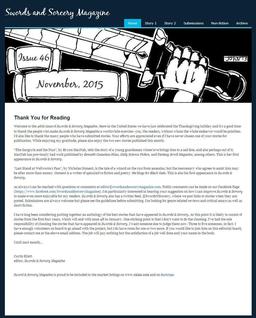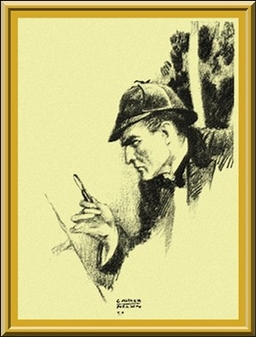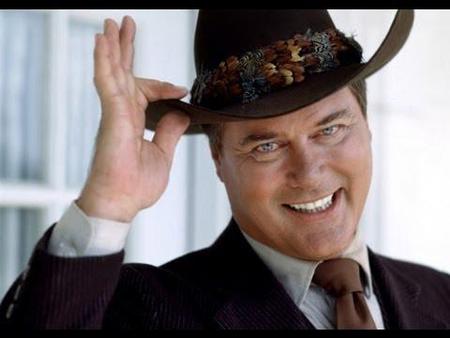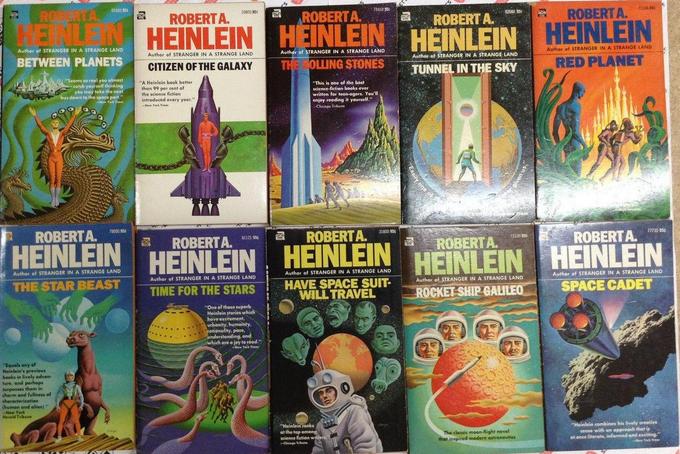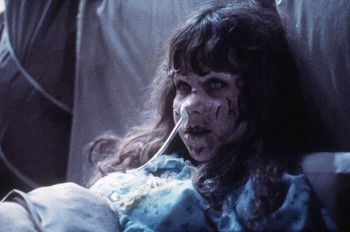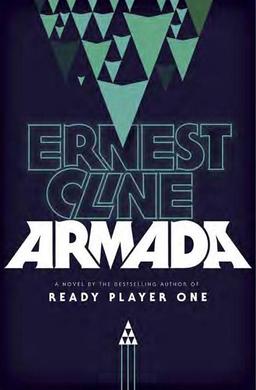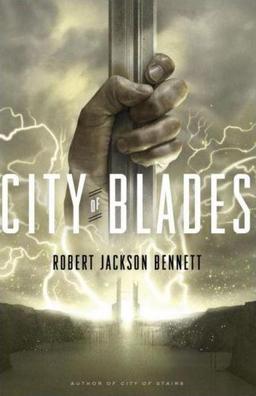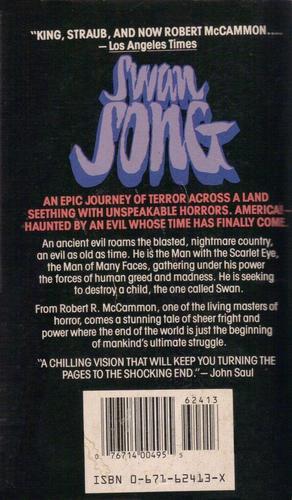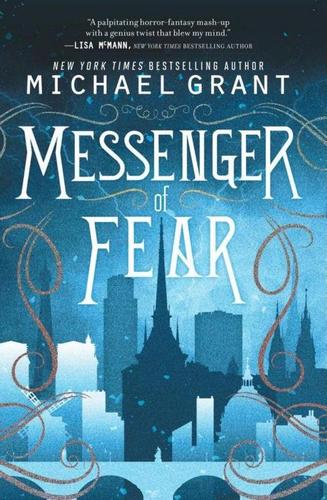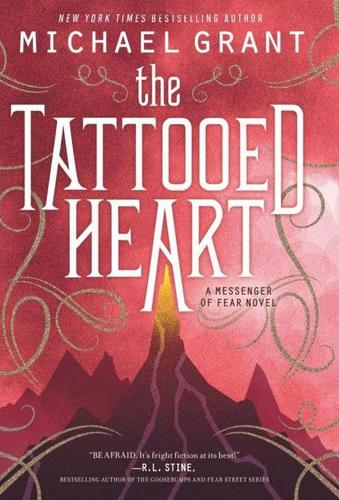New Treasures: Dark Parchments: Midnight Curses and Verses by Michael H. Hanson
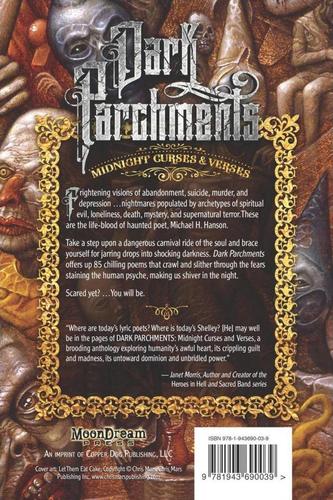 |
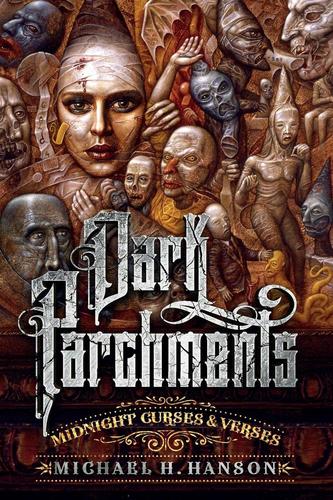 |
I don’t see a lot of dark poetry, so I was very pleased to receive a copy of Michael Hanson’s Dark Parchments: Midnight Curses and Verses, a gorgeous volume of new poems from the author of Autumn Blush, Jubilant Whispers, and the creator of the Sha’Daa shared-world horror/fantasy anthology series. Janet Morris, in her Foreword, calls Dark Parchments “a brooding anthology exploring humanity’s awful heart, its crippling guilt and madness, its untoward dominion and unbridled power.” Hanson’s best work, including “Nevada Test Site Mannequins” and “Midnight in Moon Alley,” is fearless and intensely descriptive, and the numerous illustrations give the book an impressive visual appeal.
If the cover art looks familiar, it’s because it’s the work of the brilliant Chris Mars, whom we first took notice of for his work on Thomas Ligotti’s new Penguin collection Songs of a Dead Dreamer and Grimscribe, and whom we profiled here.
Dark Parchments was published by MoonDream Press on October 25, 2015. It is 120 pages, priced at $12.95 in trade paperback and just $0.99 for the digital edition. The front and back covers are by Chris Mars.
